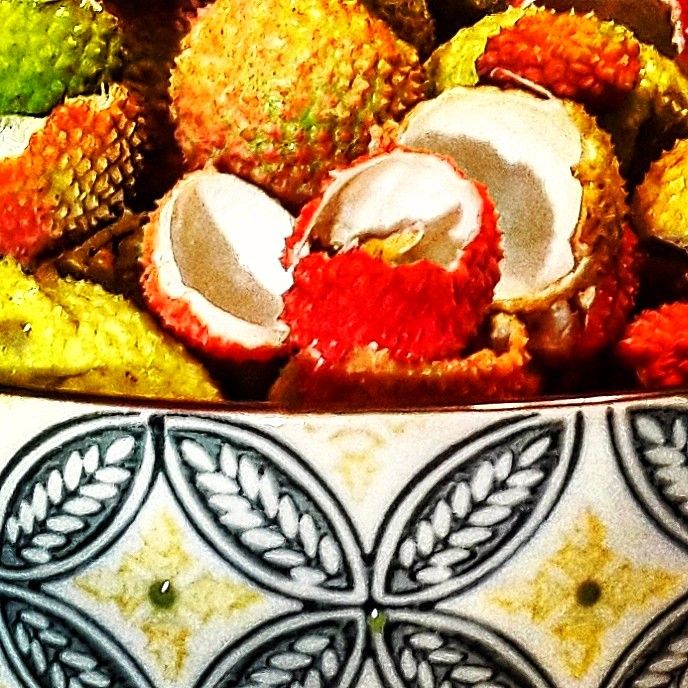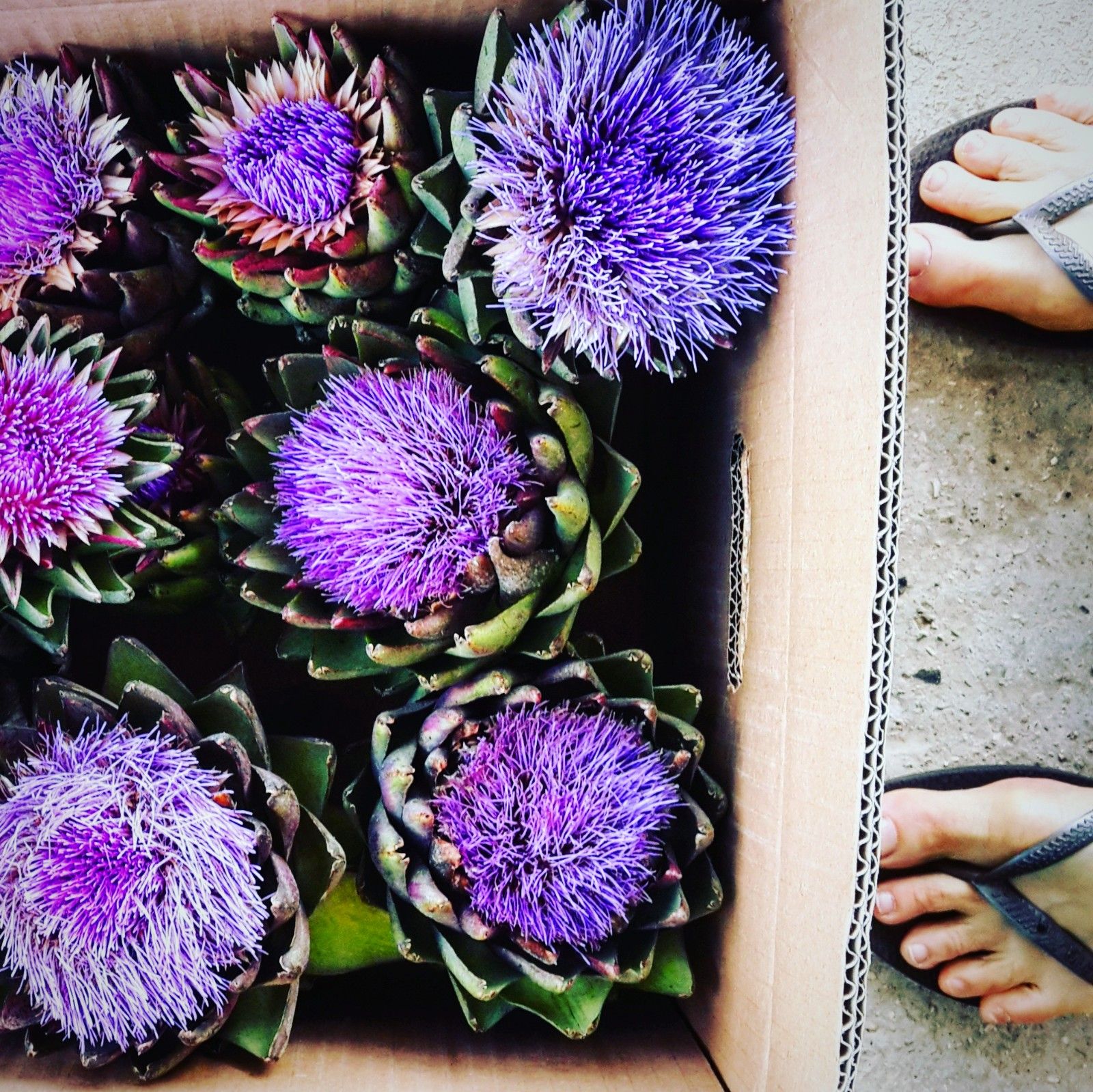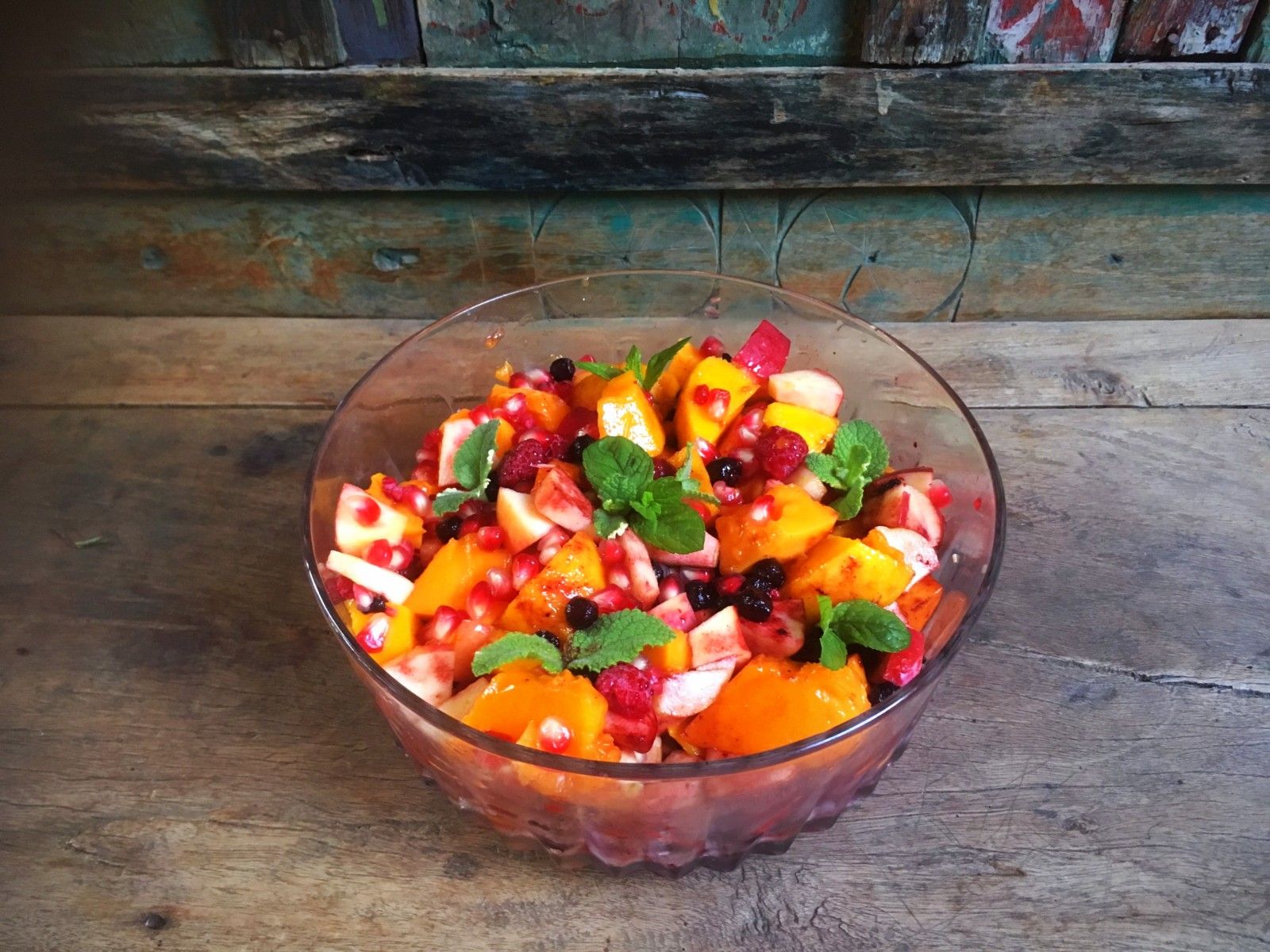Diabetes and Insulin Resistance
Healing Diabetes Naturally
How is it that some people can watch their diet carefully, they still have a hard time managing good blood sugar levels?
Is it possible to reverse diabetes after you’ve been diagnosed?
What are the real causes behind diabetes, and is it possible to normalize blood sugar levels without medication?
The traditional approach to diabetes has been that sugar is the primary instigator, and that those with diabetes should avoid carbohydrates and sugar at all costs. If this is true, then why does this approach have only partial results?
Glucose – Friend or foe?

The body’s primary source of energy is glucose (blood sugar). Our central nervous system runs on glucose, as well as every organ and tissue in the body. Glucose is what builds and sustains muscle; glucose is what repairs damaged tissue and cells. Having said that, it is important to understand that not all sugars are the same. Table sugar and unhealthy carbohydrates such as those found in cake, candy, doughnuts, and such are definitely foods you don’t want to eat a lot of. The sugar found in fruits and healthy carbohydrates, such as squash, sweet potatoes, carrots, lentils, black beans, berries and apples - are not only good for you, they are essential to your health.
When we eat carbohydrates, our body breaks them down into glucose molecules that make their way into the bloodstream where they are carried to our cells. From there, the glucose is ushered into the cells with the help of insulin, which is produced by the pancreas. The pancreas is a large endocrine gland, strategically located behind the stomach. This gland constantly monitors glucose levels, and when it detects a rise in blood sugar, it responds by producing insulin, which then attaches itself to the cells to assist in the absorption of the glucose found in the blood stream.
When there is an excess of glucose in the bloodstream – after we’ve eaten a particularly heavy meal - insulin directs the excess glucose to the liver, where it is stored. When we’ve gone for a number of hours without eating or when we have been physically active, our blood sugar drops, and the liver releases some of the stored glucose into the bloodstream to help maintain steady blood sugar levels.This describes how the body works when all is functioning well.
Now, let’s take a look at what happens when the body has trouble maintaining normal blood sugar levels. Let’s get a better understanding of the different types of diabetes.
Type 1 Diabetes
Until recently, Type 1 diabetes was often believed to be an autoimmune disease. The popular belief was that type 1 diabetes was caused by antibodies attacking insulin as well as beta cells in the pancreas. This belief is based on the presence of antibodies in the bloodstream, when someone is diagnosed with type 1 diabetes. Science is now beginning to understand that the antibodies are markers of a viral infection, and not an indication that the body is attacking itself.
Now that we know we are dealing with a viral infection, and not an autoimmune disease, we can use antiviral and antibacterial foods, herbs and supplements to resolve the viral issue and heal the pancreas. If we are able to treat the virus early enough, the pancreas will heal and things will return to normal. If the virus has already established itself and caused significant damage, we can still normalize blood sugar levels, but we may remain dependent on an external source of insulin.
Type 1.5 Diabetes
Type 1.5 diabetes is a non-official term that is known as Latent Autoimmune Diabetes in Adults (LADA). This form of diabetes is the result of a stagnant and pre-fatty liver, as well as the presence of a pathogen - a viral condition that is damaging the pancreas. The difference between diabetes type 1 and type 1.5 is that the onset of the type 1.5 is latent, meaning – it generally appears at a later age than type 1 diabetes.
Type 2 Diabetes and Insulin Resistance
There are a number of factors that join together to create type 2 diabetes: adrenal fatigue, a fatty liver, and a compromised pancreas. It is important that all diabetics understand how these factors work together, so that they may learn to maintain normal blood sugar levels, regardless of the specific type of diabetes they are dealing with. Type 2 diabetes is a very preventable disease.

Diabetes - the pancreas-adrenal connection
Our adrenal glands are positioned above the kidneys and they produce adrenalin - a hormone that charges us with energy, which helps us cope better in emergency situations. If we eat while emotionally charged, the adrenals produce adrenaline at the same time the pancreas produces insulin. When these two hormones mix together in the bloodstream, our body begins to associate insulin with adrenaline. The cells become “allergic” to the adrenalin-insulin mixture and reluctant to accept the combination, due to the corrosive nature of adrenalin, causing insulin resistance.
High levels of adrenalin in the blood weaken the pancreas, which in turn lowers insulin production. A combination of low insulin production and insulin resistance can quickly lead to type 2 diabetes.
The pancreas and adrenals work together to assist in digestion. In addition to producing insulin, the pancreas also produces digestive enzymes that assist in breaking down fat in the food we eat. The more fat we eat, the harder the pancreas needs to work to help digest our food. Due to the corrosive nature of these digestive enzymes, the pancreas also produces inhibitors that protect the pancreas from possible damage. When the pancreas is significantly weakened, it fails to produce enough inhibitors to protect itself. This creates a situation in which the enzymes produced by the pancreas begin to harm the pancreas.
Meals rich in fat weaken not only the pancreas, but also harm the adrenals. When we eat a meal rich in fats, the body notices that the pancreas is working hard to produce enough digestive enzymes, and the adrenals come to the rescue by producing adrenaline to increase digestive strength and help move fat through the digestive tract faster. If the adrenal glands are weakened, and cannot support the pancreas, the body will produce more insulin to compensate for the lack of adrenaline. This process can lead to an overworked pancreas, causing inflammation and leading to a dysfunctional pancreas.
Adrenal fatigue is a situation in which the adrenals fluctuate between producing too little and too much adrenalin. This can be particularly hard on the pancreas as it needs to work hard to compensate for low adrenaline levels. When adrenaline levels rise, this “burns” the delicate tissue within the pancreas, causing further damage.

Diabetes - the pancreas-liver connection
The liver is entrusted with the important job of storing excess glucose to be used when blood sugar levels drop. When we eat food that contains a lot of fat – such as fried foods, animal protein, processed food, or unhealthy fats such as canola, soy or corn oil - our liver becomes saturated with these fats, and has a hard time storing precious glucose.
When we go for extended periods of time without eating, our blood sugar levels drop, and the liver uses its glucose reserves to help maintain steady blood sugar levels. If this happens too often, the reserves begin to dwindle, and can even reach depletion. In this case, the body needs to produce adrenaline to compensate for the lack of glucose, leading to the problems already mentioned above.
A liver overloaded with fat and toxins can create both high and low blood sugar levels. When our liver is overloaded and glucose reserves dwindle, the result can be hypoglycemia – low blood sugar. In contrast, an overloaded liver can decide to “dump” excess fat and glucose into the bloodstream in an attempt to heal itself, resulting in hyperglycemia – high blood sugar levels. To better understand how the liver functions, and what it needs to heal, read the article on The Versatile Liver.
What’s Behind Diabetes – Excess Fat or Excess Sugar?
Often diabetes is associated with ingesting too much sugar and the belief is that diabetics need to limit their intake of all types of sugar. This is a natural conclusion, yet it is based on a lack of understanding the true causes behind diabetes. As we mentioned earlier, processed sugar is not healthy for anyone, yet few people realize that by increasing the intake of glucose found in fruits and starchy vegetables and limiting the amount of fat we ingest, we can best normalize blood sugar levels.
It is important to emphasize that our body needs fat and there are lots of good fats that we should be eating, such as nuts, avocado, coconut, hemp and chia seeds. However, even these healthy foods burden the liver when eaten in excess.High levels of fat in our diet and blood put a major strain on the liver, pancreas, and adrenal glands, which work together to manage blood sugar levels. When dealing with all types of diabetes, it is critical that the fat intake be moderated to avoid the complications already mentioned. If you eat animal products, reduce them to a minimum. If you are vegetarian, cut back on dairy and eggs, and if you are vegan, cut back on the nut butters and limit avocadoes to 1 a day.
There are those who decide to go on a high-fat diet, which can normalize A1C levels in the short-term. This approach will succeed in hiding the problem of insulin resistance by lowering the amount of glucose intake. This approach treats the symptom, but cannot reverse the cause. This is the reason that as soon as you break away from this diet, blood sugar levels quickly elevate due to extreme insulin resistance caused by the high protein and fat combination. This approach is explained beautifully by Robby Barbaro @ The Mindful Diabetic. If you do decide to eat a high protein/high fat diet, it is important to limit your intake of carbohydrates, as the combination of high fat and carbs will further tax the liver, pancreas and adrenals.
Ultimately, reducing dietary fat and including more healthy carbohydrates will help give you the best shot at healing from diabetes and permanently keeping A1C levels within a healthy range.
Healing Diabetes Naturally
The key to maintaining healthy blood sugar levels is a diet based on fruit and vegetables, with a minimal fat intake. The 28-Day Healing Cleanse can help you learn how to get maximum results in minimum time. Going vegan is not for everyone, and I certainly do not believe that it should be. However, when seeking to heal from diabetes, lowering the amount of animal products we eat is crucial. This diet is composed of three main meals, and 3-5 snacks. It insures that you eat every few hours, so as to heal the adrenals, as explained in the blog on Adrenal Fatigue. When seeking to lower high blood sugar, we often need to adhere to a strict diet for a while, and as we heal, we can make readjustments.
Healing diabetes is different for each of us. When seeking to turn things around, it is important that we have patience, so that we can move forward with more ease. Some people will be able to see improvement within a few months, yet a complete healing process can take 6 months to a couple of years – it all depends on how much damage needs to be undone.
If you have type 1 diabetes, it is important to follow the antiviral guidelines in the Autoimmune Disease and the Epstein-Barr Virus article. If you are already taking insulin, it is important to understand that the insulin does not heal the pancreas or body and that all of the recommendations in this article apply to you as well.
Hypoglycemia is a very serious condition. It is imperative to inform your physician of any changes you make in your diet, medication, or supplement regime.
Healing Foods
Wild blueberries, blackberries, raspberries, papaya and apples are great fruits to focus on as well as spinach, celery, sprouts, kale, and asparagus. These foods detox the liver, help to replenish glucose reserves, support the pancreas, boost the adrenal glands and help stabilize insulin. These foods are rich in phytochemicals and antioxidants that help to reverse disease.
In addition to limiting the intake of meat, it is also important to avoid such foods as cheese, milk, cream, butter, eggs, processed oils and all sugars except for raw honey and fruit. It is also important to eliminate all artificial sweeteners.
Herbs and Supplements for Healing Diabetes
- Important herbs, especially for type 1 diabetes, include antiviral herbs such as schisandra berries, elderberries, lemon balm, oregano, thyme, sage, licorice root, rose hip and hyssop.
- Zinc – supports the pancreas and adrenal glands, helps stabilize glucose levels in the blood
- Chromium – sustains the pancreas and adrenal glands, and helps stabilize insulin levels.
- Hawaiian spirulina – helps stabilize glucose levels in the blood and supports the adrenal glands.
- Ester C – This form of vitamin C soothes and bolsters the adrenal glands, while supporting the immune system.
- ALA (Alpha lipoic acid) – boosts the liver’s ability to store and release glucose. It is important to use only plant based ALA
- Silica – helps stabilize the pancreas’s release of insulin
- Purslane – strengthens the pancreas and its production of digestive enzymes
- Eleuthero senticosus (Siberian ginseng) – enhances the body’s ability to react and adapt, which helps prevent the adrenal glands from overreacting to fear, stress and other intense emotions.
- Panax ginseng – enhances the body’s ability to react and adapt, which helps prevent the adrenal glands from overreacting to fear, stress and other intense emotions
- EPA & DHA (elcosapentaenoic acid and docosahexaenic acid) – help heal insulin resistance. Be sure to buy a plant-based (not fish-based) version.
- Biotin – helps stabilize glucose levels in the blood and supports the central nervous system.
- B-complex – sustains the central nervous system
- Gymnema sylvestre– helps lower glucose level in the blood and stabilize insulin levels
- Magnesium – soothes digestive issues caused by an underperforming pancreas. Also calms stressed adrenal gland.
- Vitamin D3 – bolsters the pancreas and adrenal glands and reduces inflammation.
The Spiritual Side of Diabetes
The primary marker determining diabetes is high blood sugar levels. When we have high blood sugar levels, something is preventing us from properly assimilating the sugar we consume. On a spiritual and physical level, this means that we are having a hard time accepting that which nourishes us. This usually happens when we have ingested too much of the wrong type of foods and energy.

Fruits, more than any other food, know how to absorb the energy of sunlight and transform this into sugar that nourishes and heals our body. Letting go of negativity and limiting beliefs that act as energetic toxins makes room for more light to enter our bodies. As we learn to open our hearts and accept ourselves and others, our ability to receive and assimilate light grows – on a physical and energetic level. As we do this, we become more attracted to the foods that truly nourish us, and less attracted to the “comfort foods” that often reflect a sense of lack and need for compensation.
Let’s improve our ability to receive and accept more light.
With love
Beth
Information in this article is based on Anthony William's work | Medical Medium
